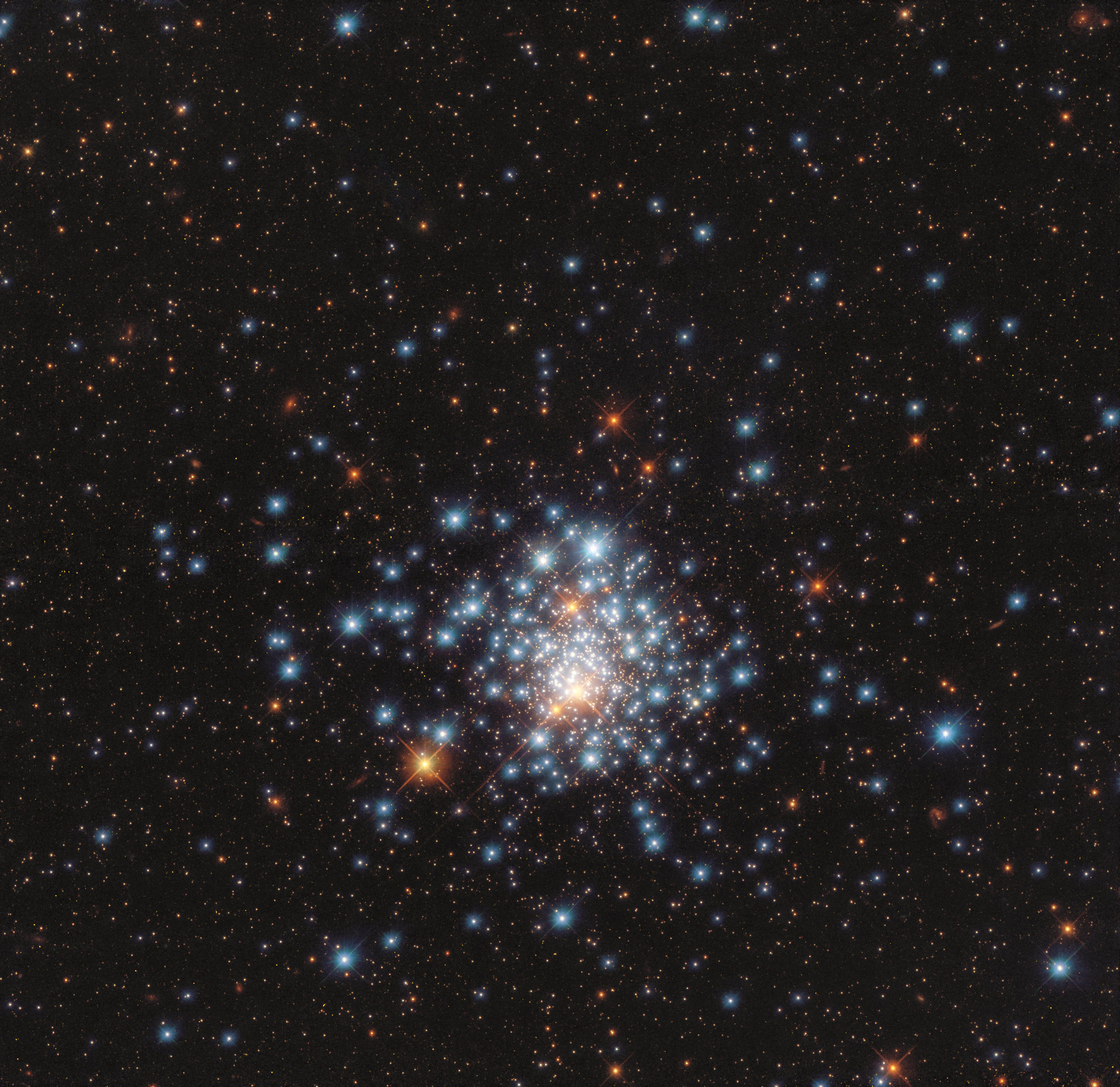Hubble telescope observations highlight dark matter's weirdness
Scientists caught dark matter doing something weird again.
Once again, scientists have realized that when it comes to dark matter, they are missing a piece or two of the puzzle.
Dark matter makes up more than a quarter of the universe, scientists have realized, but they haven't yet learned how to see it directly. (The weird stuff doesn't emit, absorb or reflect light, hence the name.) So they turn to effects they can see, like the way a clump of dark matter warps space around it, tweaking our view of objects on the other side. But according to a new study, some tiny clusters are distorting space much more than scientists had expected.
"There's a feature of the real universe that we are simply not capturing in our current theoretical models," Priyamvada Natarajana, a theoretical astrophysicist at Yale University and a coauthor on the new research, said in a statement. "This could signal a gap in our current understanding of the nature of dark matter and its properties, as these exquisite data have permitted us to probe the detailed distribution of dark matter on the smallest scales."
Related: Dark matter and dark energy: The mystery explained (infographic)

The scientists behind the new research wanted to check how current theoretical models of dark matter stack up with the roundabout observations we can gather of it. So they turned to galaxy clusters, which hide a huge amount of dark matter.
"Galaxy clusters are ideal laboratories to understand if computer simulations of the universe reliably reproduce what we can infer about dark matter and its interplay with luminous matter," Massimo Meneghetti, a cosmologist at the National Institute for Astrophysics in Italy and lead author on the new research, said in the statement.
The researchers used observations of three different galaxy clusters gathered by two instruments, the Hubble Space Telescope and the Very Large Telescope in Chile. The scientists mapped the dark matter within the clusters by noting how the material was warping light.
Breaking space news, the latest updates on rocket launches, skywatching events and more!
Among the large-scale distortions the astronomers were expecting to find, they also spotted smaller areas of warping, which they suspect mark the locations of individual, smaller cluster galaxies that hide concentrations of dark matter.
But when the researchers combined their map of dark matter with a model's predictions of what dark matter might look like in cluster galaxies, the two landscapes didn't line up. That means scientists still haven't cracked the puzzle of how dark matter behaves.
The research is described in a paper published today (Sept. 11) in the journal Science.
Email Meghan Bartels at mbartels@space.com or follow her on Twitter @meghanbartels. Follow us on Twitter @Spacedotcom and on Facebook.

Meghan is a senior writer at Space.com and has more than five years' experience as a science journalist based in New York City. She joined Space.com in July 2018, with previous writing published in outlets including Newsweek and Audubon. Meghan earned an MA in science journalism from New York University and a BA in classics from Georgetown University, and in her free time she enjoys reading and visiting museums. Follow her on Twitter at @meghanbartels.
